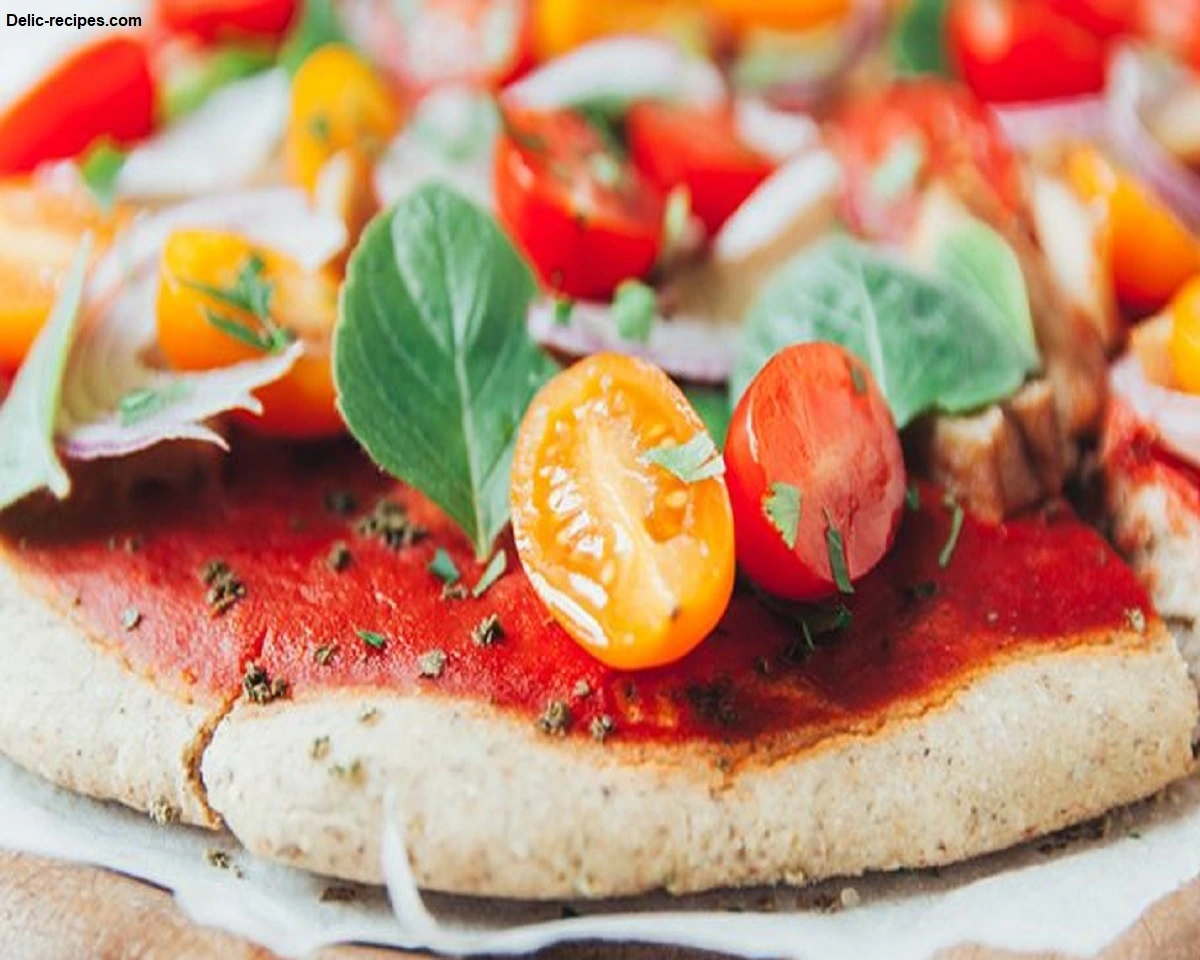Pizza is a beloved dish enjoyed by people all over the world. Its delicious combination of flavors, textures, and versatility has made it a staple in many cultures. However, when it comes to health, pizza often gets a bad reputation. In this article, we will explore the various components of pizza and shed light on which parts can be considered the healthiest. By understanding how to make smart choices, you can enjoy pizza while still maintaining a balanced and nutritious diet.
2. Understanding the Components of Pizza
To determine the healthiest part of pizza, it’s important to examine each component individually. A typical pizza consists of three main elements: the crust, the toppings, and the cheese. Additionally, the sauce used can also influence the nutritional value of the pizza.
3. The Crust: Finding a Healthy Foundation
The crust forms the base of the pizza and can greatly impact its healthiness. Opting for a whole wheat or whole grain crust is a wise choice as it provides more fiber and nutrients compared to refined flour crusts. These types of crusts offer a slower release of energy, keeping you feeling fuller for longer and aiding digestion.
4. Toppings: Making Nutritious Choices
Toppings play a crucial role in the nutritional profile of a pizza. Load up on colorful vegetables like bell peppers, tomatoes, spinach, and mushrooms. These add essential vitamins, minerals, and antioxidants to your pizza while keeping the calorie count in check. Lean proteins such as grilled chicken or turkey, along with seafood like shrimp or salmon, can provide a healthy dose of protein and omega-3 fatty acids.
5. Cheese: Balancing Flavor and Health
Cheese is often considered a guilty pleasure, but it can still be part of a healthy pizza. Opt for lighter cheeses like mozzarella or feta, which are lower in fat compared to varieties like cheddar or processed cheese. Alternatively, you can reduce the amount of cheese used or choose a vegan cheese substitute to lower the overall calorie and saturated fat content.
6. Sauces: Enhancing Taste with Healthy Options
Sauces add flavor and moisture to a pizza, and they can also contribute to its nutritional value. Traditional tomato-based sauces are a good choice as they are generally lower in calories and contain the antioxidant lycopene. Avoid heavy cream-based sauces and opt for lighter alternatives like pesto or olive oil infused with herbs and spices.
7. Portion Control: Moderation is Key
While focusing on the healthiest components of pizza is essential, portion control should not be overlooked. Even with nutritious choices, consuming large amounts of pizza can still lead to excessive calorie intake. Enjoying a slice or two alongside a side salad or other healthy accompaniments is a great way to maintain balance and avoid overindulgence.
8. Conclusion
Pizza can be part of a healthy diet when smart choices are made regarding its components. Opting for whole grain crusts, loading up on colorful vegetables, choosing lighter cheeses, and using healthier sauces are all strategies to make a pizza more nutritious. Remember to exercise portion control and enjoy pizza as part of a well-balanced eating plan.
9. Frequently Asked Questions (FAQs)
Q1. Is pizza completely unhealthy?
Pizza itself is not inherently unhealthy. It’s the choices we make regarding its components and portion sizes that determine its overall nutritional value.
Q2. Can I still enjoy pizza if I’m following a specific diet, like vegan or gluten-free?
Absolutely! There are many vegan and gluten-free pizza options available today. You can choose plant-based toppings, dairy-free cheese, and gluten-free crusts to suit your dietary needs.
Q3. Is thin crust pizza healthier than thick crust pizza?
Thin crust pizza generally has fewer calories and less carbohydrates compared to thick crust pizza. However, the healthiness of the pizza ultimately depends on the choices made for its ingredients.
Q4. Can I have pizza while trying to lose weight?
Yes, you can enjoy pizza while trying to lose weight. Be mindful of the toppings, opt for a healthier crust, control portion sizes, and balance it with other nutritious foods.
Q5. Are frozen pizzas a healthy option?
Frozen pizzas can vary in their nutritional value. Read the labels carefully, choose options with healthier ingredients, and be mindful of portion sizes to make a healthier choice.
In conclusion, the healthiest part of pizza lies in the choices you make. By focusing on whole grain crusts, nutritious toppings, lighter cheeses, healthier sauces, and practicing portion control, you can enjoy pizza as part of a balanced and wholesome diet. Remember to savor each bite and indulge in moderation for a guilt-free pizza experience.

